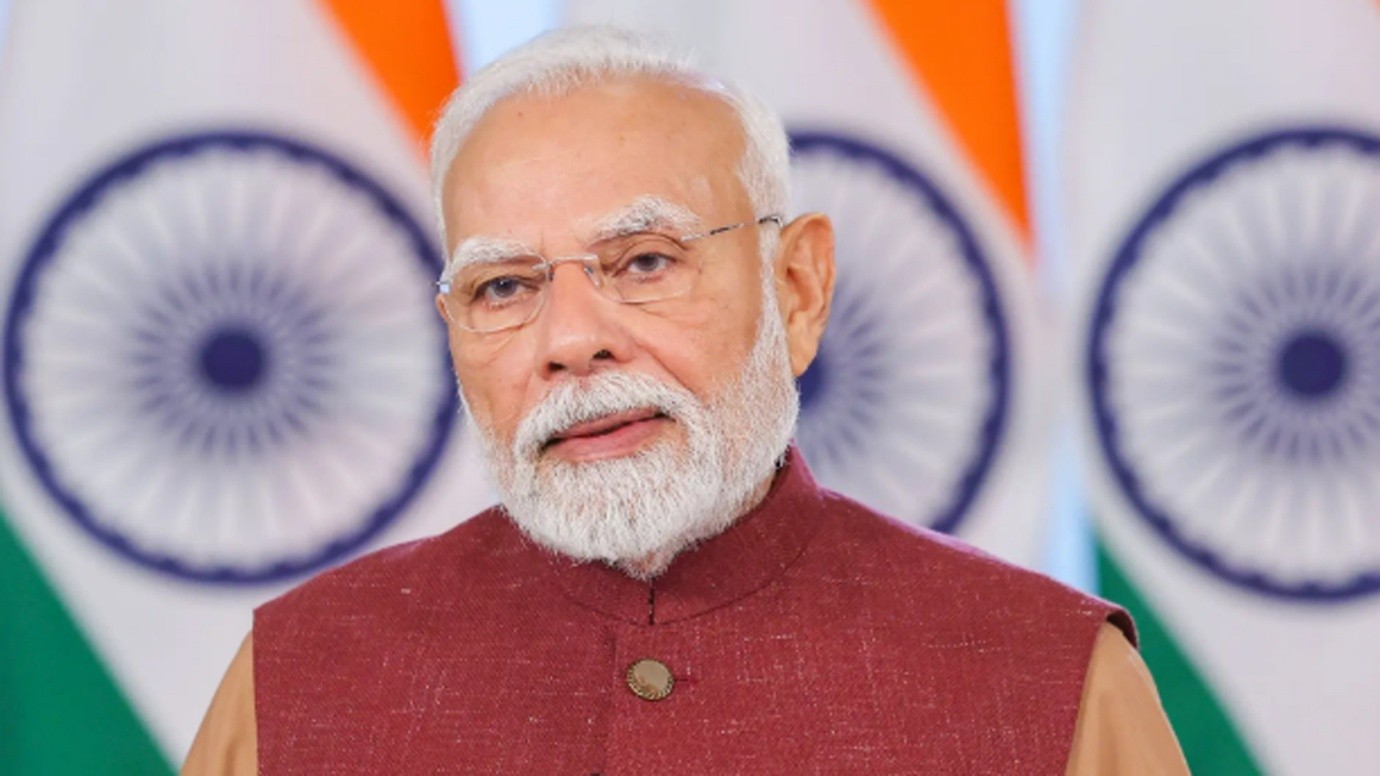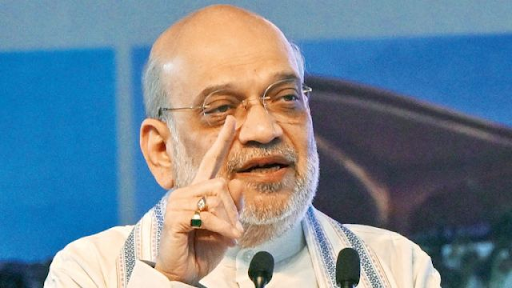Description
GS PAPER II: Structure, organization and functioning of the Executive and the Judiciary—Ministries and Departments of the Government; pressure groups and formal/informal associations and their role in the Polity.
Context: e-Committee Supreme Court of India calls for comments suggestions and inputs on the draft vision document for its 3rd phase of eCourts project.
About eCourts project:
- It is a mission mode project undertaken by the Department of Justice, Government of India.
- The eCommittee Supreme Court of India released the Draft Vision document for Phase III of the aforementioned e-Courts Project.
- Chairperson of eCommittee Dr Justice Dhananjaya Y Chandrachud, Judge, Supreme Court of India addressed various stakeholders, including all chief justices of the High courts, Legal luminaries, Law schools, IT experts, welcoming the inputs, suggestions and comments on the Draft Vision documents.
Some of the key extracts of the draft:
- Implementation of the eCourts Project, conceptualized under the "National Policy and Action Plan for Implementation of Information and Communication Technology (ICT) in the Indian Judiciary-2005".
- The eCommittee has evolved in terms of its roles and responsibilities over the last fifteen years.
- The objectives of the eCommittee include: Interlinking of all courts across the country; ICT enablement of the Indian judicial system; Enabling courts to enhance judicial productivity, both qualitatively and quantitatively; Making the justice delivery system accessible, cost-effective, transparent and accountable; and Providing citizen-centric services.
- Phase III of the eCourts Project in India is rooted in two central facets—access and inclusion.
- Phase III of the eCourts Project envisions a judicial system that is more easily accessible irrespective of geographical distances, efficient and equitable for every individual who seeks justice, makes more efficient use of human and other resources, and absorbs the latest technology for a positive environmental impact.
This vision for Phase III is sought to be built on the following four building blocks:
- Core Values: Phase III must strive for a modern judicial system, governed by core values of trust, empathy, sustainability and transparency which, while simplifying procedures, will maximise the positives of technology and minimise its risks and challenges.
- Whole-of-system approach: Phase III must aim to make processes more efficient across all three components of dispute management i.e. dispute avoidance, containment and resolution. Each of these components will require technological integration with different institutions.
- Adoption frameworks: Phase III must focus on building strong adoption frameworks. Such frameworks must include behavioural nudges, adequate training and skill set development, feedback loops, along with the requisite mandate of law.
- Governance framework: From a governance perspective, while numerous judicial decisions have validated the use of technology in judicial processes, Phase III must address the accompanying administrative structures.
- The key goals and strategy of Phase III prioritise the creation of a core digital infrastructure that can enable the development of services for dispute resolution by the judiciary and services of solutions for dispute containment and resolution by the ecosystem.
https://pib.gov.in/PressReleasePage.aspx?PRID=1709477








